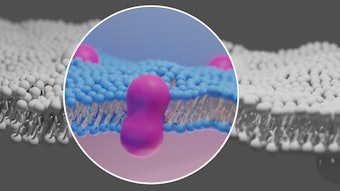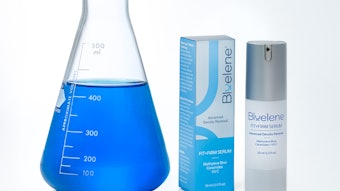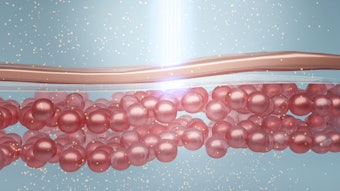
A recent study published in Aging Cell reveals that an enzyme long known for folding other proteins may also help cells repair DNA damage — a key driver of aging. The enzyme, protein disulfide isomerase (PDI), has been shown to step into an unexpected role: repairing double-strand DNA breaks through a redox-dependent mechanism, ZME Science explained. In doing so, it may offer a new lever for slowing the aging process itself.
DNA Damage and Aging
As many readers know, cells are bombarded by DNA-damaging forces on a daily basis; from UV radiation and pollution to internal stressors like oxidative byproducts of metabolism. Over time, unrepaired DNA damage builds up.
"Just like a cut on your skin needs to heal, the DNA in our cells needs constant repair," explained Sina Shadfar, Ph.D., lead author on the study, in an interview with ZME Science. "But as we age, these repair mechanisms weaken, allowing damage to build up."
This accumulation is now considered a central hallmark of aging, particularly in brain cells, where damage is permanent and contributes to cognitive decline and neurodegeneration, the source reported.
PDI 'Glues' Broken DNA Back Together
PDI has long been known for helping other proteins fold properly. While primarily localized in the endoplasmic reticulum, researchers from Macquarie and La Trobe universities discovered it can also relocate to the cell nucleus, where it helps to repair double-strand DNA breaks — one of the most severe forms of genetic damage.
"Until now, we didn’t know why PDI sometimes appeared in the nucleus," Shadfar explained to ZME Science. "For the first time, we’ve shown it acts like a glue or catalyst, helping to repair broken DNA in both dividing and non-dividing cells."
The team found that:
- When PDI was removed from mouse and human cells, DNA repair was impaired.
- When reintroduced, DNA repair resumed — but only if PDI’s redox activity was intact.
- A redox-inactive mutant of PDI, lacking two key cysteine residues, failed to support repair.
- In live zebrafish, PDI provided in vivo protection against age-related DNA damage in the whole organism.
The findings show that PDI's redox function — the same chemistry it uses to fold proteins — is essential for its role in non-homologous end joining (NHEJ), the primary DNA repair pathway available in neurons.
A New Target for Age-related Diseases?
This discovery could have far-reaching implications especially for aging biology and age-related diseases. For example, unlike other tissues, neurons do not divide and cannot easily dilute out damage through cell turnover. Enhancing DNA repair in these cells — without introducing mutations — has been a major unsolved challenge, according to ZME Science.
This study redefines PDI as more than just a protein folder; it's a key player in genomic maintenance. And because DNA repair declines with age, targeting redox-active proteins like PDI could help protect neurons, slow functional decline and extend healthy lifespan.
The research highlights the importance of redox biology in aging and identifies PDI’s catalytic cysteines as potential drug targets, per the research article. While much work remains to be done, in the search for longevity, PDI is now squarely in the spotlight.
Longevity in the Beautyscape
As longevity becomes a central focus in beauty and skin care innovation, these new findings on PDI’s role in DNA repair could inform next-generation products designed to support skin health at the cellular level.











